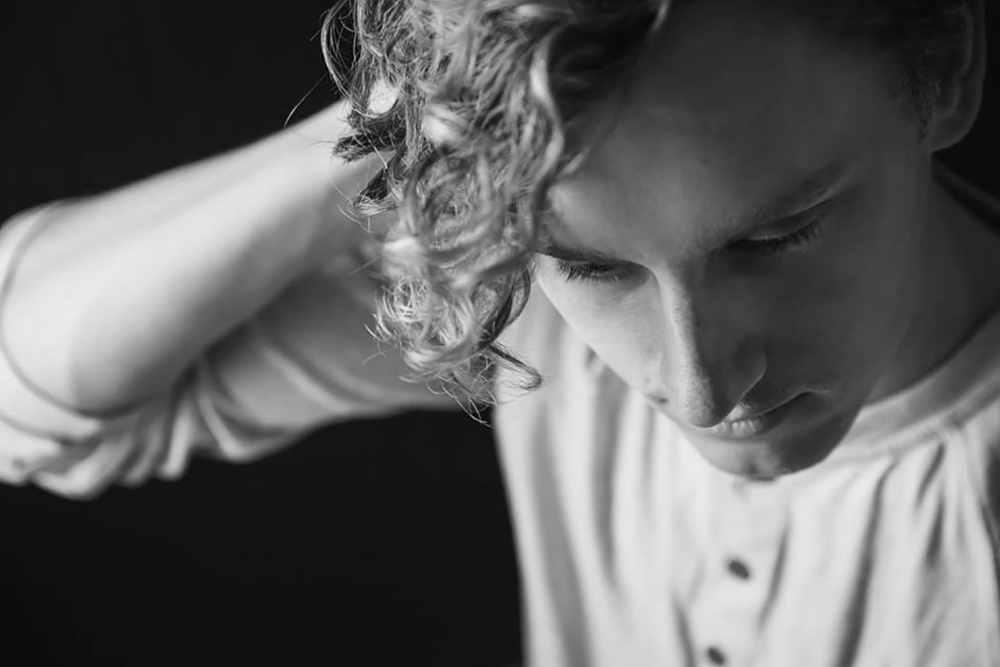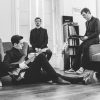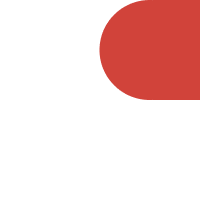Exploring technology paired with self-expression, Sontag creates colorful, textured, and rich music in which he champions the idea of machines being fellow collaborators. Believing that we are finally at the point in which technology can augment and support art, his artist is one to watch out for. His latest release is the two-track EP Overwhelmed, shared only last week via Lushkills, which features simple loops and patterns that evolve into complex arrangements.
Drawing inspiration from a wide variety of other musicians, his progressive sonic textures carry an utterly unique tone. Taking inspiration from Jimi Hendrix’s ‘1983… (A Mermaid I Should Turn To Be)’, in particular, Sontag chose to perform and mix the EP on a eurorack modular instrument.
We decided to dive a little further into the head of the Los Angeles based modular-synth musician. Check out our exclusive interview with him below.
You can stream and buy the album here
Set the tone for us. Why the arts?
I can be honest to myself when I am creating. I know I would lose myself out there without it.
Which comes first when you’re producing – the sound or the idea?
Hard to say. A lot of times the sound and idea don’t fully form independently, they feedback on each other. It’s a balancing act for me – exploring to find a sound that inspires, allowing that inspiration the space to root, revisiting the sound to prune, and encouraging the idea to bloom.
What’s on your current playlist?
Bibio – Old Graffiti
Maribou State – Raincoats
Grizzly Bear – Sleeping Ute (Nicolas Jaar Remix)
Burial – Etched Headplate
Blue Sky Black Death – Floor Chalk (Best Reprise)
Boards of Canada – Sixtyten
!!! – Dancing is the Best Revenge
SCB – Red Planet
Jimi Hendrix – Machine Gun (Live at the Fillmore)
Broadcast – Colour Me In
Neutral Milk Hotel – King of Carrot Flowers (Pts. 1, 2, & 3)
Alanis Morissette – All I Really Want
Third Eye Blind – Burning Man
Tell us about the chemistry you have with your fans on stage.
My live performance is personal and rather isolated. Performing live with a modular instrument is to discover the piece in collaboration with machines, your brain constantly firing to observe, digest, and react. You have short moments in which you must identify key elements out of hundreds available, make a decision, then adjust these elements to manipulate and progress the music. There is no real space in that for acknowledgement of an audience; other than the subconscious knowledge that they are present and will be upset if you suck.
What techniques do you experiment with to get your original sound?
Delays everywhere, and lots of multing cv signals
Take us through a day in the recording studio.
I begin by always allowing myself the freedom to get lost in exploring sounds, once I find something that inspires me I will typically spend around an hour drawing and planning out patches that will allow the piece to showcase the sound. There is a lot of back and forth at this point between playing with the patches and adjusting until there are around 2 main sections that feel right. The rest is jamming to find the builds and retreats that allow for honest travel between the sections. If the piece calls for it I will write a small amount of lyrics and record vocals to use as samples as well.
What do you keep close by while you’re playing a set?
A beer, a joint, and a rug
Any emerging artists on your radar?
Ashnikko has some interesting things to say and I like her music, I’m excited to see how she develops. The next generation of artists have a lot to deal with.
What gets your creative juices flowing?
Issues of the heart, issues of the mind
Take us through your collection of gear, tech or software that accompanies your creative expression.
Both tracks on my overwhelmed EP were composed, performed, and mixed on a eurorack modular instrument. I started building this instrument around 2 years ago and recorded as I went. My instrument hosts 33 modules at the moment and my current patch connects them with over 100 cables. My sound is highly dependent on a few modules such as Make Noise’s Morphagene, Noise Engineering’s Mimetic Digitalis, Manhattan Analog’s DTM, and Doepfer’s A-182.
Any side projects you’re working on?
I would consider visual art a side project. The artwork for my Overwhelmed EP was generated from a photograph taken by my friend Joseph Calvo. This photograph was then mutated using style transfer with a deep convolutional neural network. The original photo provided the content while another image provided the style and coloring. I tracked every iteration as the machine attempted to negotiate between these two objectives, style and content. The result looks almost impressionist to me when seen up close. Some sections look like leaves, canyons, or waves. Along with the cover I will be releasing some animations to go with each track which will hopefully serve to highlight the progression of the machine as it attempts the style transfer.
How have you refined your craft since you entered the industry?
Reducing my options, I feel having too many choices can be paralyzing
Breakdown the news for us: what can we expect from you this year?
I’m planning on signing a 4-track EP of newer work soon. I’ll be playing live around Southern California and providing guest radio spots where I can. I’ve also seen crazy interesting things being made with generative models, that will probably be my next step with visual (and maybe auditory?) art.
Famous last words?
Now I get it
Follow Sontag:
Facebook – Twitter – Soundcloud – Youtube – Instagram




